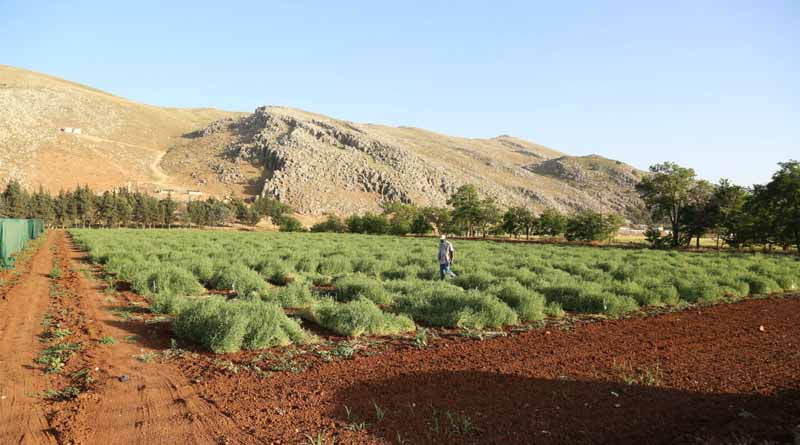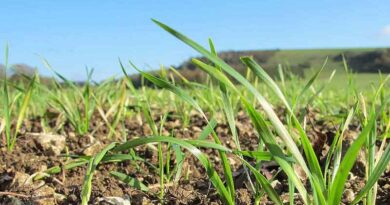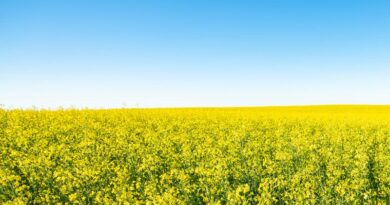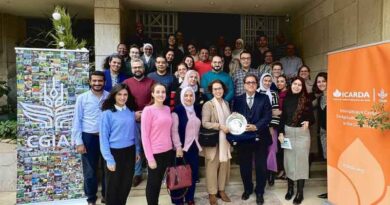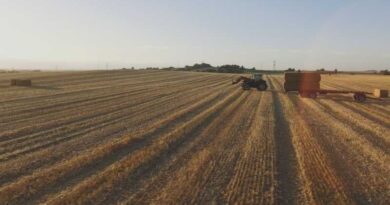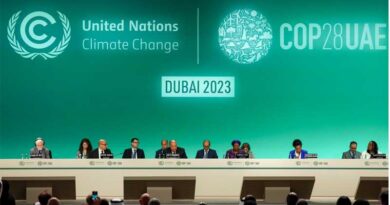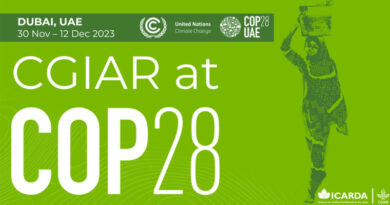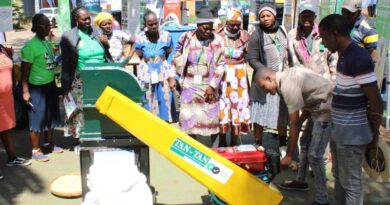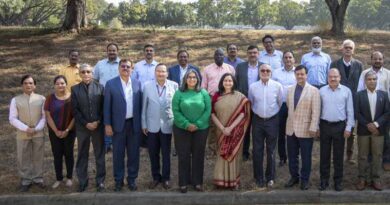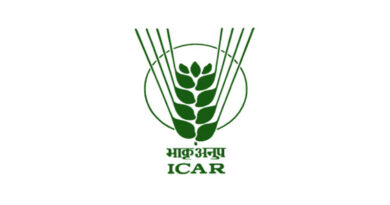Healthy soil today, resilient world tomorrow
By Dr. Ismahane Elouafi, Executive Managing Director, CGIAR, and Aly Abousabaa, Regional Director, Central and West Asia and North Africa, CGIAR / Director General ICARDA
06 December 2023, Asia: Ninety five percent of the world’s food comes from soil, so the future of the planet, and the people who live on it, depend on soil’s health. Not only is it responsible for sustaining life, but it also captures carbon, relieving pressure in the atmosphere created by greenhouse gas emissions. On this World Soil Day, which coincides with COP28, the global community recognizes the necessity of healthy soil in the fight against climate change.
Our agrifood systems are increasingly threatened by the climate crisis. Many of the 500 million small-scale farmers who provide a third of the world’s food live in regions especially impacted by climate shocks. Meanwhile some 780 million people globally are affected by hunger, a number that will grow significantly with every degree the world heats.
Agriculture can and must be central to finding solutions to the global climate crisis. It is also unique as a sector in the potential for carbon sequestration. Transforming approaches to improve the health and sustainability of soil is an important starting point – better soil can help reduce farming’s GHG emissions and improve its ability to store carbon. This, in turn, can support higher crop yields, better incomes for farmers, and more nutritious diets for all.
Countries in the drylands of the Middle East and North Africa (MENA), as well as Central and West Asia, are already taking action to support this shift. As one of the hottest regions globally, home to 11 of the 17 most water-stressed countries in the world, MENA is a canary in the mine when it comes to climate. Its reality demonstrates both the consequences of inaction and the opportunity for innovation to durably transform agriculture.
As the world’s largest publicly funded agriculture research system, CGIAR has pioneered many new tools and techniques that are helping to transform food production, both in MENA and beyond. Using approaches that are more sustainable and adapted to local needs, scientists and farmers are working together to reduce emissions from agriculture while protecting food security and incomes. Promising solutions include:
Crop diversification
Current farming systems typically focus on growing just one crop a year, which requires intensive use of fertiliser and depletes the soil of its nutrients. Both of these practices jeopardise long-term opportunities to grow on the same land. By diversifying crop production, farmers can significantly decrease GHG emissions. One approach entails planting different crops one after the other, leaving no bare soil exposed and thus preventing carbon from escaping. For the second crop, farmers can choose one that requires little time and water for growth, like CGIAR’s early-maturing, bio-fortified legumes. This creates additional income for the farmer (thanks to multiple rotating harvests a year), keeps carbon in the ground, and replaces nutrients that improve soil health, all the while providing more nutritious food to those who need it most.
Regenerative practices
Conservation agriculture, which encourages farmers to limit plowing and leave crop residue on fields, leading to improved soil fertility and water use, locking in carbon, and protecting soils from salinity build up, and the winds that sweep them away. This approach is particularly important for water-scarce countries, as it preserves and regenerates critical resources (namely soil and water) and improves crop yields. The use of zero tillage practices also helps farmers economically, as they save on the costs of fuel and labour. When implemented in MENA countries, CGIAR’s conservation agriculture practices have improved farm efficiency and overall soil health, offering a sustainable solution for farmers that also reduces GHG emissions. Meanwhile, efforts to help communities better manage their rangelands both enhance livestock productivity and help restore the environment.
Water-efficient irrigation
Many irrigation techniques are viewed as wasteful, requiring excessive power and water use. But new technologies and approaches, like ultra-low-energy (ULE) drip irrigation systems, are helping to reduce salinity as well as energy consumption and GHG emissions. Experiments conducted in MENA countries found that ULE reduces energy need by 40-70 percent and GHG emissions by 64 percent, while keeping soils healthy and limiting degradation.
Measuring and monitoring systems
Reliable measurements and monitoring of carbon and evapotranspiration are essential to plan natural resource use, implement strategies for reduced emissions, and track carbon sequestration. Measuring and monitoring systems, like the Middle East and North Africa regional evapotranspiration network, track this information to assist with better planning.
In many regions, including MENA, soils are close to collapse. Inability to grow food will drive poverty, malnutrition, and climate driven migration, while also causing a vicious cycle of biodiversity loss and carbon release. All of this will lead to an ever-worsening situation.
CGIAR and its centers are leading the charge on many of the innovations mentioned above to make change now. But additional funding is urgently needed to help develop, scale up, and create capacity for these solutions. That’s why CGIAR recently launched a new investment case to secure $4 billion for new research portfolio and support more innovation for sustainable, resilient, and equitable food systems.
The world has revolutionised food systems before. Now, to meet the challenges posed by the climate crisis, we must do so again. Let’s start with soil.
(For Latest Agriculture News & Updates, follow Krishak Jagat on Google News)

